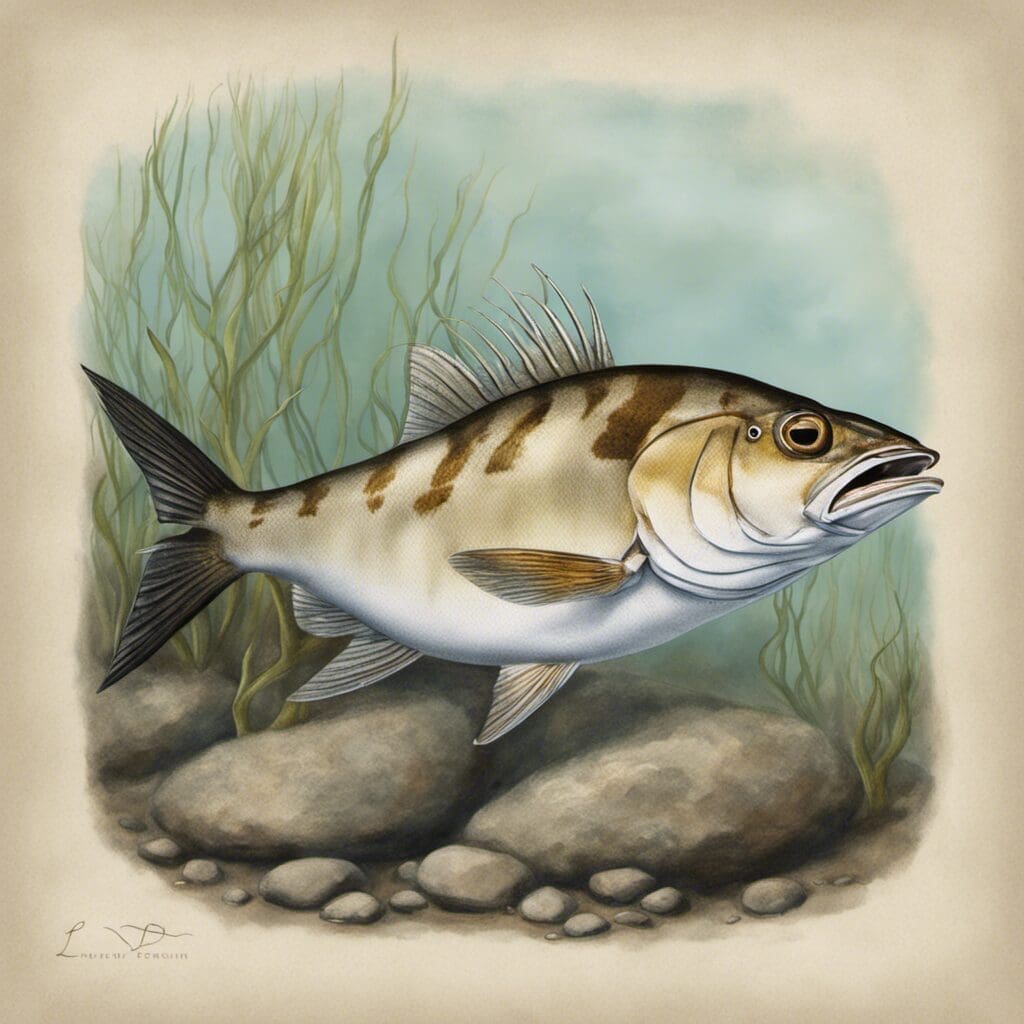Introduction
The Lumptail Searobin, known scientifically as Prionotus stephanophrys, is part of the Triglidae family. It is an interestingly adorned, benthic fish dwelling mostly in the Atlantic Ocean.
Conservation Status
The Lumptail Searobin is currently listed as stable and doesn’t seem to be at risk of significant population decline. This status can be attributed to its wide distribution and apparent populating success against current threats.
Statistics
| Characteristic | Average | Range | |
|---|---|---|---|
| Length | 35 cm | 20-50 cm | |
| Weight | 1.8 kg | 1.3-2.3 kg | |
| Average Lifespan | 8-10 Years | ||
Distribution
Lumptail Searobins are found prevalently in the Western Atlantic Ocean, extending from New Jersey down to the Bahamas, all the way to Uruguay. They do not have a specific migration pattern, often choosing to stay in their habitats.
Habitats
This species favors moderately warm waters, typically finding homes between 37-87 meters deep. They are typically found in saltwater bodies, especially over sandy or muddy bottoms.
When and Where to See
Lumptail Searobins are most active during the warmer months of summer and spring. They are most visible during the daytime.
Best Fishing Locations
This fish is often located in areas such as:
- The Southern coast of New Jersey
- The Northern coast of the Bahamas
- Uruguay
Interested anglers should look for sandy or muddy sea bottoms where this species is likely to dwell.
How to Catch
To catch a Lumptail Searobin, one should use small crustacean bait such as shrimp or crab. Since Searobins are bottom dwellers, employing surge fishing or bottom trawling techniques will be most effective.
Identification Guide
Lumptail Searobins set themselves apart with their fan-like pectoral fins, rough scale patches, and red-brown body color. They bear a close similarity to the Bluespotted Searobin, but the Lumptail features distinctive lumpy tubercles on its tail.
Culinary
The Lumptail Searobin is a tasty fish with a mild, crisp flavor. Traditional cooking methods involve grilling or frying. The skin is usually taken off prior to cooking due to its rough texture. Nutritionally, the Lumptail Searobin is low in fat and high in proteins but lacks significant amounts of Omega-3 fatty acids.
Additional Information
Lumptail Searobins feed on small, benthic invertebrates. They face natural predation from larger carnivorous fish and crabs, while humans threaten their habitat with pollution and overfishing.
References and Further Reading
- [FishBase – Prionotus stephanophrys](https://www.fishbase.se/summary/Prionotus-stephanophrys) (opens in new tab)
- [Sea Around Us – Lumptail Searobin](http://www.seaaroundus.org/data/#/species/1053) (opens in new tab)

